#Luciano Vincenzoni
Text
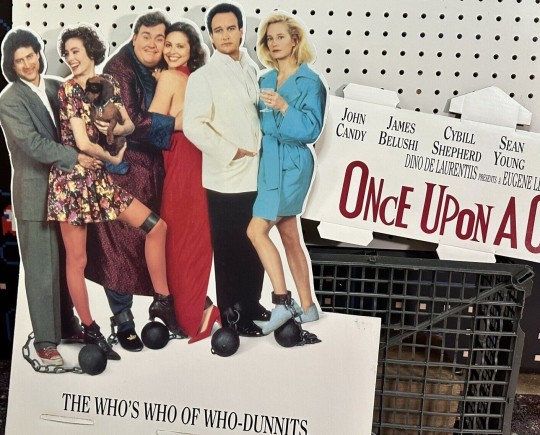

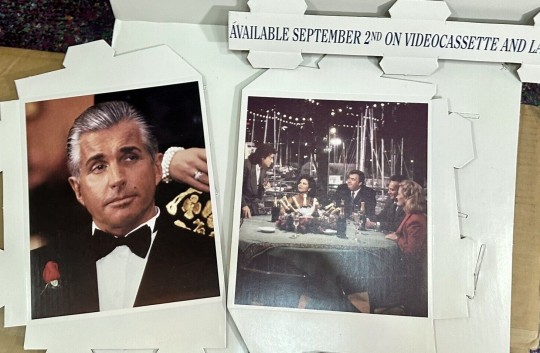

#Once Upon a Crime#John Candy#Jim Belushi#James Belushi#Cybill Shepherd#Sean Young#Richard Lewis#Ornella Muti#George Hamilton#Eugene Levy#Rodolfo Sonego#Giorgio Arlorio#Stefano Strucchi#Luciano Vincenzoni#Charles Shyer#Nancy Meyers#Steve Kluger#90s
20 notes
·
View notes
Photo

#Raw Deal 1986#Raw Deal#Arnold Schwarzenegger#John Irvin#Luciano Vincenzoni#Sergio Donati#Gary DeVore#Norman Wexler#80s
41 notes
·
View notes
Text
I should be worried about how Luciano Vincenzoni's sequel treatment for The Good, the Bad and the Ugly ended.
#the good the bad and the ugly#luciano vincenzoni#tuco benedicto pacifico juan maria ramirez#tuco ramirez
0 notes
Link
Stefano vive na Sicilia, e a bicicleta aproxima-o dos amigos e seus costumes de observar Malena a percorrer a cidade. O prazer torna-se obsessão, incapaz de se aproximar, mas espectador de todas as suas transformações; assédio, falecimento de seu pai, marido na Guerra, até, por fim, se render a alguns homens como forma de sobrevivência, inclusive aos soldados alemães. Quando a guerra termina, as mulheres expulsam-na da cidade, e anos depois, o marido acaba por regressar, mas todos omitem o destino de Malena, até que Stefano o informa.
0 notes
Photo
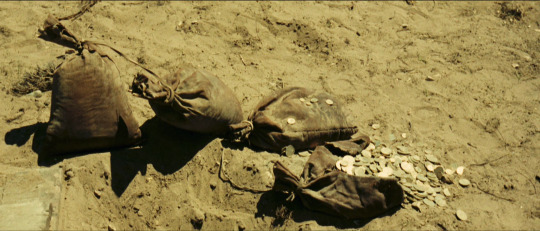
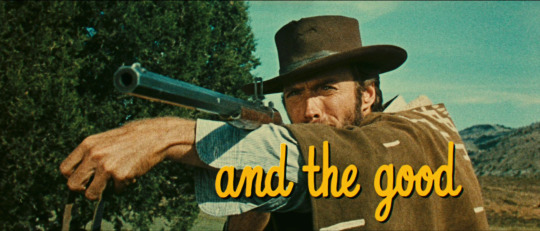

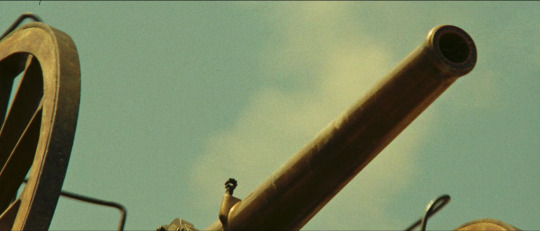
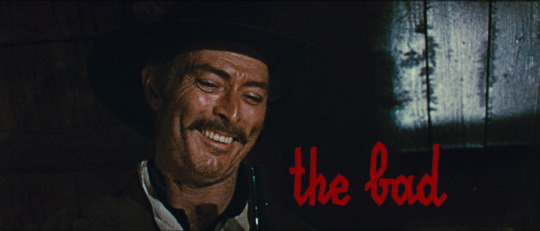


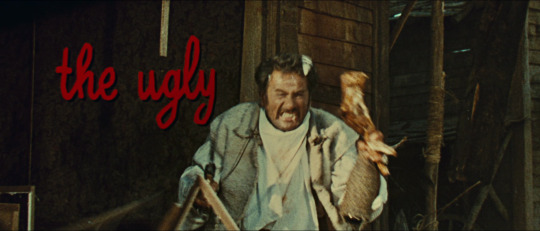


Il buono, il brutto, il cattivo (The Good, the Bad and the Ugly), 1966.
Dir. Sergio Leone | Writ. Age & Scarpelli, Luciano Vincenzoni & Sergio Leone | DOP Tonino Delli Colli
#il buono il brutto il cattivo#the good the bad and the ugly#sergio leone#spaghetti western#italian film#1960s#western epic#10 frames
140 notes
·
View notes
Text

Clint Eastwood in For a Few Dollars More (Sergio Leone, 1965)
Cast: Clint Eastwood, Lee Van Cleef, Gian Maria Volontè, Mara Krupp, Luigi Pistilli, Klaus Kinski, Luis Rodríguez. Screenplay: Sergio Leone, Fulvio Morsella, Luciano Vincenzoni. Cinematography: Massimo Dallamano. Film editing: Eugenio Alabiso, Giorgio Serrallongo. Music: Ennio Morricone.
Most of us didn't realize it until much later when he was an Oscar-winning director, but Clint Eastwood was a very smart man. When Sergio Leone's A Fistful of Dollars became a hit in Italy in 1964, he asked Eastwood if he would make a sequel. Eastwood hadn't seen the movie, which hadn't yet been dubbed in English and released in the States, so Leone sent him a print of the Italian version. Even though he didn't speak Italian, Eastwood immediately recognized Leone's skill, and signed up to do the sequel. It was a gutsy move: At the time, making genre films like Westerns and sword-and-sandal epics in Italy and Spain was a job for has-beens and never-weres. Eastwood was on the brink of becoming one of the latter: His career to that point had been mostly in TV, on the long-running series Rawhide, with a few unmemorable movies. But cultivating a persona distinct from that of Rawhide's callow Rowdy Yates, that of the taciturn Man With No Name* of the Leone films, proved to be precisely the right thing to do. By the end of the 1960s, he had become a major star. Narratively, For a Few Dollars More is not quite as tight as the first film -- for one reason because it lacks the well-tested framework of Akira Kurosawa's Yojimbo (1961) that was the underpinning of Fistful. Also, setting up a rivalry between Eastwood's character and that of Lee Van Cleef's Col. Douglas Mortimer tends to diffuse the story a bit: As in Fistful, Eastwood's character is beaten to a pulp by the bad guys, but so is Mortimer, and the double mauling feels gratuitous, especially since there's no particular reason why the bad guys shouldn't just kill them. But the sequel shows Leone growing in style and technique, with a fine use of widescreen in establishing shots and a deft use of closeups in establishing the characters, especially the bad guys in the mob headed by El Indio (Gian Maria Volontè, who had also been the chief villain, Ramón Roja, in Fistful). Am I the only one who suspects, from Leone's closeups of the mob's faces, that Leone had been influenced by Carl Theodor Dreyer's The Passion of Joan of Arc (1929)? One standout in the mob is a superbly twitchy Klaus Kinski as a hunchback named Juan. Ennio Morricone's score is integral to the film's success. The spareness of the music, scored only for a few instruments, serves as a contrast to the sweeping orchestral scores for Hollywood Westerns by composers like Dimitri Tiomkin and Max Steiner. Morricone and Leone recognized the need for silence, punctuated only occasionally by a penny-whistle tweedle or a guitar riff, to maintain the film's texture.
*Actually, he has a name in both films: In Fistful he is called "Joe," which is obviously just a generic name for an americano, while in the sequel he is known as Monco, the Italian word for "one-armed," in reference to his tendency to use his left hand while keeping his gun hand under his poncho.
9 notes
·
View notes
Text
STENO "COPIA" GUY DE MAUPASSANT
STENO “COPIA” GUY DE MAUPASSANT
Il cinema italiano si è spesso ispirato alle opere letterarie ottocentesche, russe e francesi in particolare.
A Guy de Maupassant, per esempio, devono qualcosa vari autori della nostra commedia. Oltretutto, il suo “contributo” non viene dichiarato nei titoli.
Tanto per dire, il regista Mario Monicelli e il soggettista Luciano Vincenzoni avevano certamente presente il racconto I due amici, quando…

View On WordPress
3 notes
·
View notes
Video
youtube
LA GRANDE GUERRA (1959) - Trailer | Filmauro
LA GRANDE GUERRA - 15- 18
AGE E SCARPELLI - SCENEGGIATORI
Figlio di Poseidone e di Libia e fratello di Belo[2][3], sposò Telefassa[2] (che Igino chiama Argiope[4]) che lo rese padre di Cadmo, Cilice, Fenice ed una sola figlia, Europa[2].
Tra i figli, Pausania aggiunge Taso[5].
Mitologia
Sua figlia Europa era bellissima, Zeus volle possederla e per questo si celò sotto le sembianze di un toro e la rapì.
Agenore inviò i suoi figli nella sua ricerca[2][5] dicendogli di non tornare senza di lei. Nel corso delle loro peregrinazioni, questi figli fondarono città ovunque e così Fenice divenne il capostipite dei fenici, Cilice quello dei cilici, Cadmo si stabilì in Beozia costruendo Cadmea, la rocca di Tebe. Nessuno di loro però trovò Europa[2].
La stirpe
La grande guerra è una commedia drammatica del 1959 diretta da Mario Monicelli, prodotta da Dino De Laurentiis e interpretata da Alberto Sordi e Vittorio Gassman.
Mario Monicelli, Age & Scarpelli, Luciano Vincenzoni
Produttore Dino De Laurentiis
Fotografia Leonida Barboni, Roberto Gerardi, Giuseppe Rotunno, Giuseppe Serrandi
Montaggio Adriana Novelli
Effetti speciali Gatti, Serse Urbisaglia
Musiche Nino Rota
Scenografia Mario Garbuglia
Costumi Danilo Donati
Trucco Romolo De Martino, Rino Carboni
Interpreti e personaggi
Alberto Sordi: Oreste Jacovacci
Vittorio Gassman: Giovanni Busacca
Silvana Mangano: Costantina
Romolo Valli: tenente Gallina
Folco Lulli: Giuseppe Bordin
Bernard Blier: capitano Castelli
Vittorio Sanipoli: maggiore Segre
Nicola Arigliano: Giardino
Geronimo Meynier: portaordini
Mario Valdemarin: sottotenente Loquenzi
Elsa Vazzoler: moglie di Bordin
Tiberio Murgia: Rosario Nicotra
Livio Lorenzon: sergente Battiferri
Ferruccio Amendola: De Concini
Gianni Baghino: un soldato
Carlo D'Angelo: capitano Ferri
Achille Compagnoni: cappellano
Luigi Fainelli: Giacomazzi
Marcello Giorda: il generale
Tiberio Mitri: Mandich
Gérard Herter: capitano austriaco
Guido Celano: maggiore italiano
Leandro Punturi: bambino
Mario Feliciani
Mario Mazza
Mario Colli
Mario Frera
Gian Luigi Polidoro: attendente del capitano austriaco
Edda Ferronao
Doppiatori originali
Nino Dal Fabbro: capitano Castelli
Mario Colli: cappellano
Turi Ferro: Rosario Nicotra
Riccardo Cucciolla: Giardino
Gastone Moschin: sergente Battiferri
❤️❤️❤️❤️❤️❤️❤️❤️❤️❤️❤️❤️❤️❤️❤️❤️❤️❤️❤️❤️ ❤️❤️
#gustavopetro
#colombia
#DONALDTRUMP
#TRUMP
#BOLSONARO
#DORIGHEZZI
#STRISCIALANOTIZIA
#FRANCESCO
#RUTELLI
#PROPAGANDALIVE
#ELUANA
#ENGLARO
#ELUANAENGLARO
#CRISTIANODEANDRE
#twitter
#facebook
#skyrock
#linkedin
#instagram
#okru
#tiktok
0 notes
Text
A discussion was being had on my friend's FB post about the Orcas who are currently engaging in direct action against rich, captialist assholes by attacking their yachts in the Strait of Gibraltar. Now, that is one of *the* most metal sentences of all time, but thats not important. What is important is that someone in the comments shared this absolutely stellar review of the 1977 film, Orca, which I need all of you to stop and read immediately.
Orca (1977) 10/10 - Greatest movie of all time - Reviewer: DroogAlexK, 8/7/03
Warning: Spoilers
Orca is the greatest movie of all time. I'm sure most people say that their favorite movie is the greatest of all time, but they are all wrong.
Orca brings together some of the finest actors. Richard Harris, who unfortunately will be remembered for some trivial movie about a boy wizard and a throwaway musical about King Arthur, does his finest work in Orca. His portrayal of Captain Nolan, an emotionally torn fisherman coming to terms with the fact the marine animals have feelings, deserved the Oscar. Did he win? No, that is not a strike against this fine film. Charlotte Rampling brings texture to the marine biologist in love with a whale baby killer. The romance between the two is subtle. While most modern Hollywood movies would just throw in a gratuitous sex scene, Rampling accomplishes just as much with confused looks and having her shirt zipped down in one scene. Will Sampson, who is sadly better known for some movie about flying over a cuckoo's nest, also does a fantastic job of playing the Native American guy who says cryptic things and has ice fall on him. Robert Carradine, famous for Revenge of the Nerds, shows great range in not being around much and then being eaten by the whale. Bo Derek never equaled her success in this film elsewhere. I really believed her leg was bit off. She sold me.
The effects were great for the time. Many forget what special effects were like in those days, myself included because I was not born yet, but the point remains. The strange fisheye lens used to represent the whales point of view was genius. And I challenge everyone to find a more realistic looking whale fetus in a movie. You can't, you just can't. The dramatic fight between Captain Nolan and the whale could have easily become silly, but it doesn't. The Arctic Circle is accurately represented as a cold place with many iceberg, some of which whales can thwack themselves upon catapulting middle-aged Irishmen forty feet in the air. Keep in mind, also, this was done without the use of computer graphics. Steven Spielberg did not even put the shark in Jaws until over halfway through the film. Why? To hide a machine so fake that I can only assume one of his children made it at camp. The mechanical killer whale in Orca is almost indistinguishable from the stock footage of killer whales continually played throughout the movie.
In 1977, how many directors were brave enough to shoot a killer whale jumping from one side of the boat, eating actor Robert Carradine, and landing on the other side? Just one, Michael Anderson. His bold choices along with screenwriters Luciano Vincenzoni and Sergio Donati (who both show an above average command of the English languages for native-born Italian speakers) make the film a statement not only about whale hunting and whale forgiveness seeking, but also about humanity. Charlotte Rampling's appeal to Nolan not to go fight the whale just because the whale wants revenge is not just about social protocols of how to make it up to the father of a whale baby you accidentally killed but also an argument against the death penalty. Will Sampson's pointless death is an indictment of the senseless slaughter of tens of millions of Native Americans. When the whale knocks down Captain Nolan's house without any explanation of this whale became such a genius that he can not only knows to knock down structural supports but also can look up addresses in the phone book, it directly shows how our incursion into the world of nature is two-fold. Robert Carradine's tragic death in the film is social commentary on the probability of being eaten if you stand around on a boat being followed by a crazed killer whale. And probably also something about Vietnam, I assume.
And while most in Hollywood choose not to admit it, many have ripped off Orca. The dead baby scene in Trainspotting is suspiciously reminiscent of the dead whale fetus scene in Orca. The creepy quasi-romance between an intelligent female and a somewhat crazy violent child murderer is directly stolen by George Lucas for Star Wars: Episode II. The use of icebergs is blatantly co-opted by Titanic, and I have never heard James Cameron so much as thank Michael Anderson. And don't even get me started on Free Willy. Orca is a complicated story. If you only enjoy movies with obvious heroes and villains, this is not for you. The characters are conflicted. Very conflicted. Take for instance how the killer whale jumps for joy after biting off Bo Derek's leg. The whale shows both glee in his jumps, but also the pain of having lost his family and never being able to bring them back no matter how hard he fights those who took them from him. Like Batman. You see, the only thing black and white in this movie is the killer whale itself. While Orca does not now get the respect it deserves, in time people will realize its genius. Just as people did not understand gravity or continental drift, in time they will come to recognize Orca as the greatest cinematic achievement of all time.
0 notes
Text
Arnold Schwarzenegger's Raw Deal Getting A 4K Release
Arnold Schwarzenegger's Raw Deal Getting A 4K Release
@StudiocanalUK #RawDeal #4K #ArnoldSchwarzenegger #cultfilms
Arnold Schwarzenegger always loved to tell us “I’ll be back” in his films and this September ‘he will be back’. Studiocanal today announce a brand-new 4K restoration of John Irvin’s cult 1980’s action thriller Raw Deal.
The film was adapted from a story by Sergio Leone collaborators Luciano Vincenzoni (For A Few Dollars More ,The Good The Bad And The Ugly) and Sergio Donati (Once Upon A Time In…

View On WordPress
0 notes
Photo

Monica Bellucci in Malèna
#Monica Bellucci#malena#sicily italy#sicily#Malèna#Gianni Versace#Giuseppe Tornatore#Luciano Vincenzoni#bravery#2000
1K notes
·
View notes
Photo

SLYTHERIN: "You see in this world there's two kinds of people, my friend. Those with loaded guns and those who dig. You dig." –Agenore Incrocci + Furio Scarpelli + Luciano Vincenzoni + Sergio Leone (Blondie: The Good, the Bad and the Ugly)
#harry potter#house quotes#slytherin#the good the bad and the ugly#blondie#agenore incrocci#furio scarpelli#luciano vincenzoni#sergio leone#hphq
117 notes
·
View notes
Photo

#Raw Deal 1986#Raw Deal#Arnold Schwarzenegger#John Irvin#Luciano Vincenzoni#Sergio Donati#Gary DeVore#Norman Wexler#80s
19 notes
·
View notes
Photo
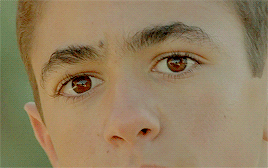


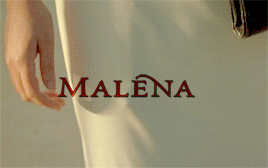

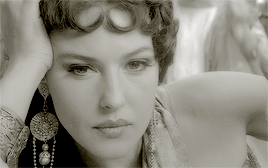
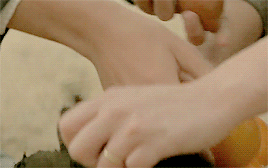
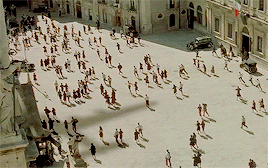
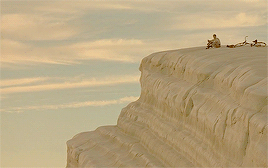

Malèna (Italy - USA, 2000)
#Malena#malenaedit#Monica Bellucci#Giuseppe Sulfaro#Giuseppe Tornatore#Luciano Vincenzoni#my gifs#movie gifs
321 notes
·
View notes
Photo
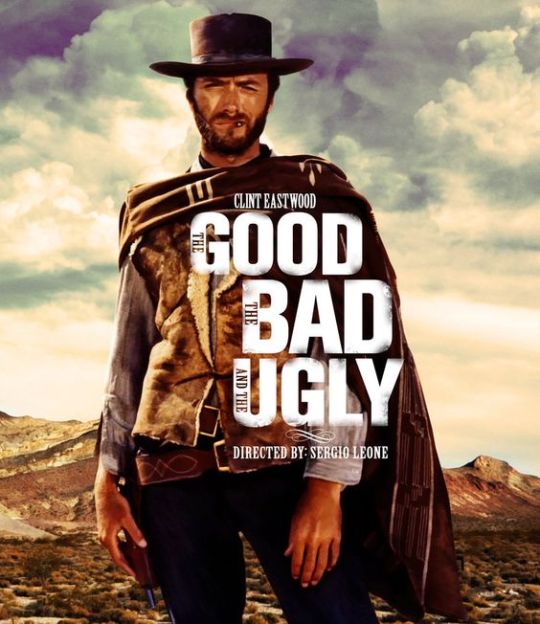
The Good, The Bad and The Ugly (1966)
directed by Sergio Leone
written by Sergio Leone, Luciano Vincenzoni, Agenore Incrocci and Furio Scarpelli
#the good the bad and the ugly#1966#sergio leone#luciano vincenzoni#agenore incrocci#furio scarpelli#fim#movies#western#action
2 notes
·
View notes
Photo

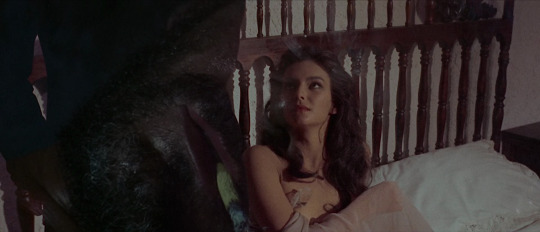



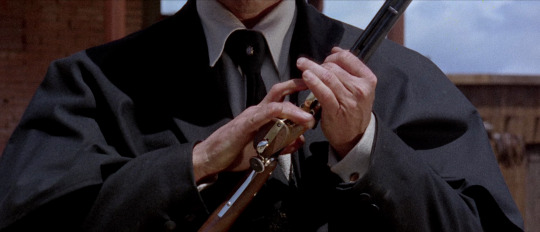


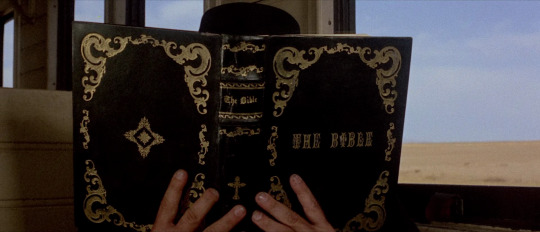

Per qualche dollaro in più (For a Few Dollars More), 1965.
Dir. Sergio Leone | Writ. Sergio Leone & Luciano Vincenzoni | DOP Massimo Dallamano
#per qualche dollaro in più#for a few dollars more#sergio leone#10 frames#italian film#1960s#western
101 notes
·
View notes